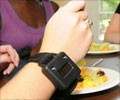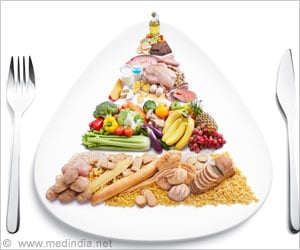A study found nearly one in five dishes served at US restaurants has at least 100 more calories than advertised, a difference that could pack on up to 15 kilograms (22 pounds) per year.

That finding, while "not typical... is an amount that is nearly half the total daily energy requirement for most individuals," said the study led by Lorien Urban of Tufts University and published in the Journal of the American Medical Association.
Salads, as well as high-carbohydrate dishes containing rice, beans, potatoes or bread, tended to have "significantly more variability," while sandwiches and meat dishes were more likely to remain close to or even below the advertised calories, said the study.
In a country where obesity has risen to 34 percent of the population and up to 35 percent of the average person's calorie intake comes from food eaten out instead of at home, the findings point to a potential source of a nationwide epidemic.
For instance, with 19 percent of the food coming in at 100 calories higher than advertised, a person who regularly consumed that additional amount daily would be projected to gain five to 15 kilos (11-33 pounds) per year, it said.
"The prevalence of obesity remains at epidemic levels and national recommendations emphasize reducing energy intake to facilitate weight loss and prevent weight gain," said the study.
Advertisement
Food were sampled from the states of Indiana, Massachusetts and Arkansas from January to June 2010.
Advertisement
Source-AFP












